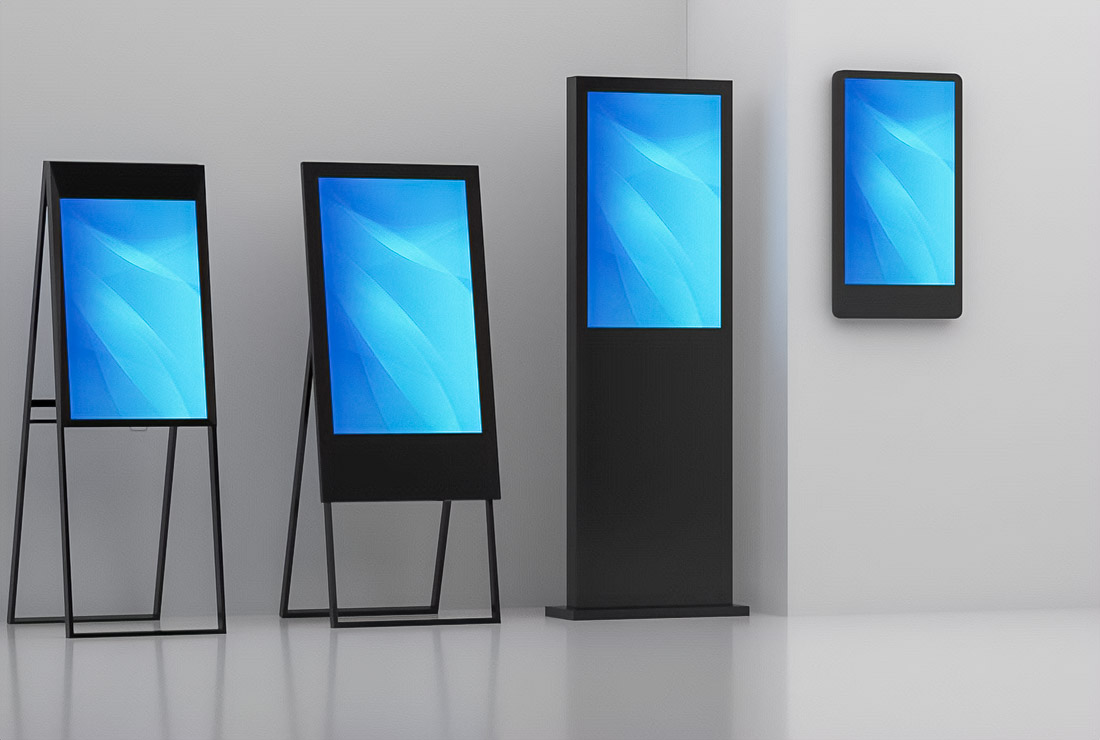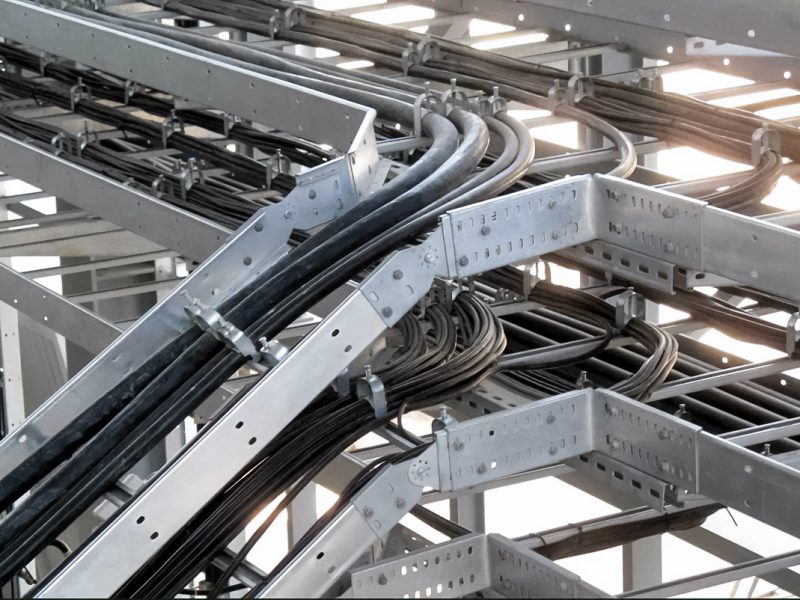Dubai airports have long been known not only for their scale, but also for their flexibility in technology. With limited opportunities to expand terminals and runways, they relied on real-time systems, sensors, biometric technologies and predictive analytics. These solutions help manage flows, increase efficiency, and create a sense of control and comfort for millions of passengers.
Real-Time And Flow Control

Airports process huge amounts of information every day. More than 50 operating systems and over 800 sensors record the movement of people, queues in control areas and waiting times. As a result, about 7 billion data points are generated per day. This flow allows you to quickly respond to overloaded areas and reallocate resources. The result is tangible: already in the first quarter of 2019, waiting times decreased by 30%, and after the launch of the control center in 2018, the overall decrease was 40%.
Intelligent Systems And Automation

Automated processes are being implemented to make passengers stand less and move more. Biometric identification technologies, intelligent racks, and real-time navigation speed up the screening process and make it less stressful. During periods when the number of passengers exceeds 265,000 daily, automation becomes the key to system stability.
Baggage Handling And Resource Efficiency

Dubai’s baggage handling system is the largest in the world, with a length of more than 150 kilometers and over 150 million bags per year. Each bag is accompanied by more than 200 data points. This information allows you to predict the load on the carousels in advance and prepare the staff. The same approach works in energy management: intelligent systems regulate light and climate depending on passenger density, reducing costs and maintaining sustainable operations.
Personalized Services

Passengers receive all relevant information at the right time. Electronic scoreboards update flight data, mobile messages remind you to move gates, and automatic kiosks save minutes on checkout. Personalization reduces stress and makes the journey easier to understand and manage.
Security And Predictive Maintenance

Sensors on board aircraft monitor temperature, pressure, and engine performance. Predictive analytics suggest the moment of maintenance before malfunctions occur. This reduces the chance of failures and reduces the cost of repairs. In terminals, biometric technologies and automated control areas maintain a balance: security is enhanced and queues are getting shorter.
Operational Efficiency And Sustainability
Resource planning systems have increased forecast accuracy by 30%, reduced excess inventory by 12%, and reduced old orders by 82%. Procurement automation has increased productivity by 400%. All this resulted in a 24% increase in the level of service. Technology helps not only to save money, but also to maintain the stability of operations even under high loads.
Customer Experience Management As Core Value
Behind every improvement lies not just technology, but the drive to enhance the passenger journey as a whole. By integrating real-time monitoring, biometric verification, and predictive maintenance into daily operations, Dubai airports are setting new standards in customer experience management, where operational excellence directly translates into smoother travel and greater passenger satisfaction.
Dubai’s experience shows that real-time control, sensor networks, biometric gates, and predictive maintenance are changing the very logic of air travel. Reducing waiting times by tens of percent, handling hundreds of millions of bags, and introducing personalized services are forming a new standard in aviation. This is no longer just an infrastructure, but a whole system where technology and operational efficiency are directly related to the comfort and safety of each passenger.

I am Administrative Assistant with eight years of experience working alongside the executive team.


